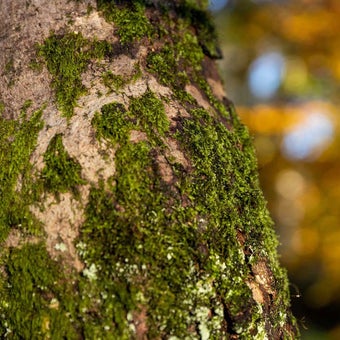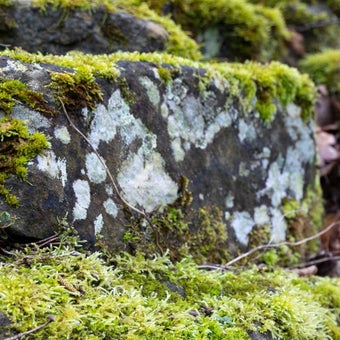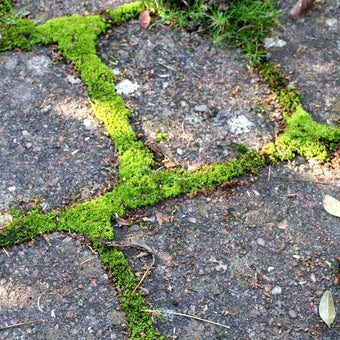
Quick facts
Algae need wet conditions to reproduce, and moisture to grow
Growths of algae on leaves are generally more noticeable after winters with high rainfall
Algae grow on leaves that receive low levels of sunlight
They don’t cause any harm to their host plant but can make leaves look dull
There are simple, non-chemical ways to discourage algae if you dislike them
What are algae?
Algae are simple, plant-like organisms. They can photosynthesise (harness the energy in sunlight) but don’t have true roots, stems or leaves. There are thousands of different species of algae, varying greatly in size and appearance, from single-celled species to giant kelp metres long.
Types of algae that grow on leaves are usually single-celled organisms that form a thin layer on the leaf surface, becoming powdery when dry. Although many algae seen on leaves are green, Phycopeltis arundinacea forms orange-coloured discs that are often mistaken for a disease. Algae on leaves can also be brown or yellow.
See our page on Algae, lichens, liverworts and mosses for information on where else in your garden you might find algae growing.
What causes algae to grow on leaves?
Algae require a moist environment to reproduce, and they need damp, shady conditions to grow. They are likely to be seen at the base of dense, evergreen hedges, such as holly and yew hedges, and on the lower leaves of evergreen shrubs, such as camellias and rhododendrons. These locations often have poor air circulation and low light levels, creating ideal conditions for algae to thrive. If a plant is growing in heavy shade, algae might be found on any, or all, of its leaves.
Leaves of trees and shrubs tend not to be affected as they are shed in autumn before the wet winter months.

Do I need to get rid of algae on leaves?
No – it isn’t necessary to get rid of algae on leaves and allowing them to grow adds to the of your garden. Algae aren’t parasitic and won’t harm evergreen trees, shrubs and hedges. However, there are a couple of reasons why algae on leaves might not be welcome:
- A layer of algae can build up and block sunlight reaching a leaf’s surface; this decreases its ability to photosynthesise, resulting in less energy for the plant to grow. However, algae rarely grow on enough leaves for a plant’s growth rate to be significantly affected.
- Algae on a leaf surface is sometimes considered unsightly. Glossy, evergreen leaves lose their shine and appear dull when algae grow on them.
How do I control algae on leaves?
If you are unhappy about algae making leaves look dull, or are concerned about a plant’s lack of vigour, here are some ways to discourage and control them:
- Cut evergreen hedges so that they are narrower at the top than the base. This allows more light to reach the lower leaves. See our pages on trimming and pruning hedges for more advice.
- Thin out congested branches of evergreen trees and shrubs to increase air circulation around the leaves and allow rain-soaked foliage to dry more quickly. Removing lower branches or pruning to create an open goblet shape also reduces the growth of algae.
- Avoid overhead watering. If it is necessary to water plants during prolonged dry spells, apply water directly to the soil.
- Wipe leaves with a damp sponge to remove algae. It’s quickest if you wet the foliage and leave it for 10-20 minutes first, as the algae is then softened and easier to remove. This process is only feasible if a small number of leaves are affected, and they are in a prominent and easy to reach location. However, algae will return unless the growing conditions change.
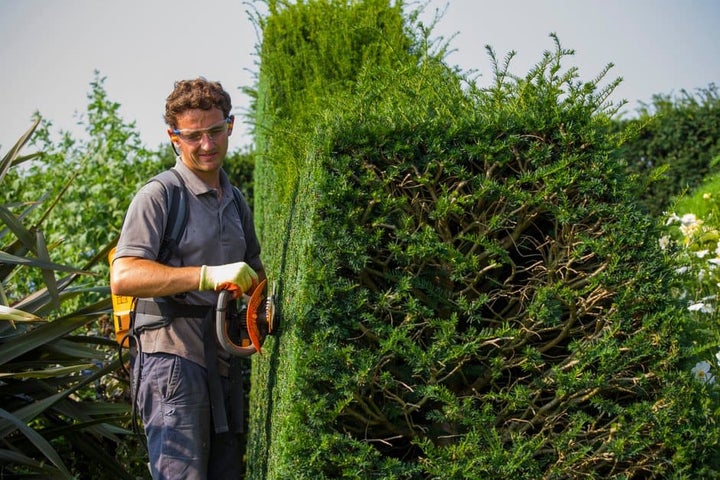
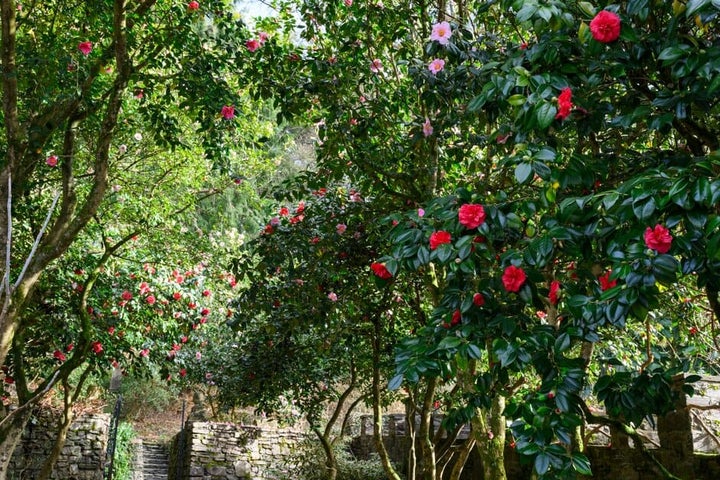
Other growths on leaves sometimes mistaken for algae
Algae on leaves can sometimes be confused with a black deposit called sooty mould. This is a harmless fungus that grows on honeydew (a sticky, sugary excretion) from -sucking insects such as aphids and scale insects. Sooty mould can be gently washed off with a sponge and water, but if the insect producing the honeydew remains active then the black coating will return.
Growths of some algae on leaves could also be mistaken for mildew. For information on the different types of mildews, see our pages on powdery mildews and downy mildews.
Naturally occurring, protective coatings of tiny hairs on the lower surface (indumentum) and upper surface (tomentum) of leaves might also be mistaken for algae. These felt-like coatings can be white, beige, brown or rust coloured, and are an attractive feature of some plants, particularly rhododendrons.

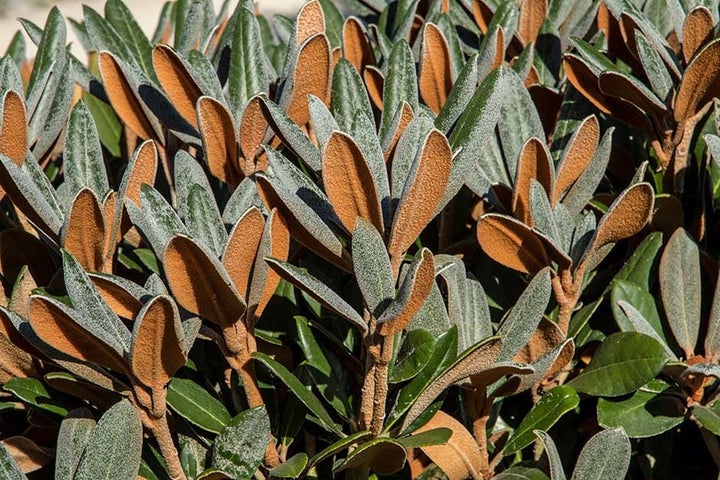
RHS members can use the Gardening Advice service for help identifying discolouration and growths on leaves.






